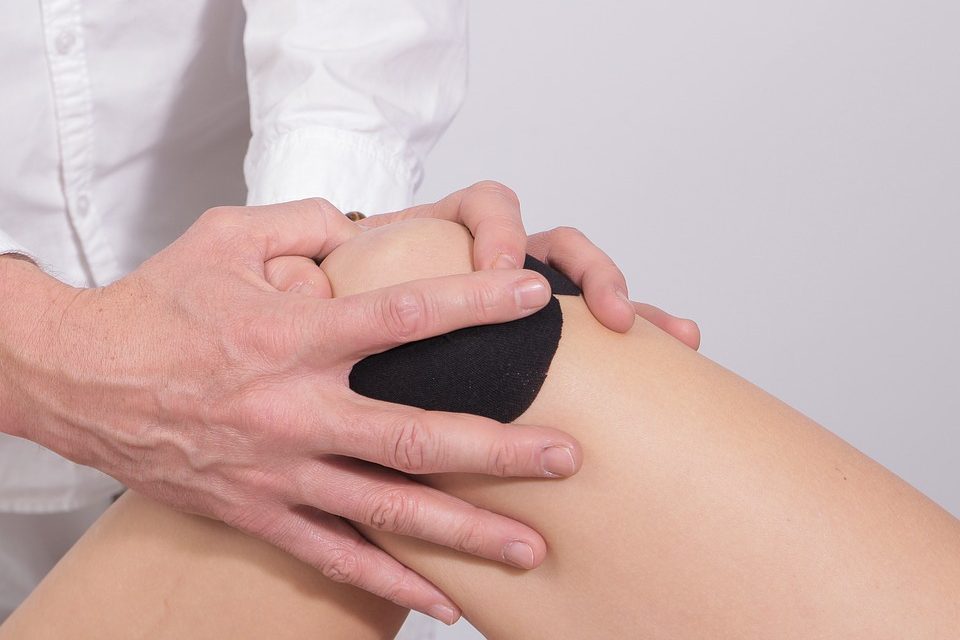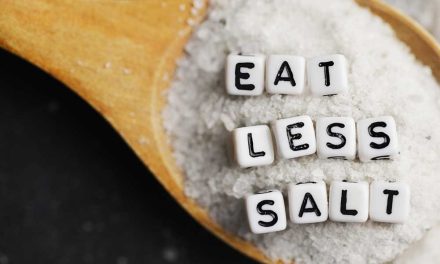Your child has pain in the front of his knee, just below the patella. It’s an Osgood-Schlatter, actually a bone growth problem. I’ll tell you more…
Osgood-Schlatter, growing pain of the knee in children.
Lateral view of the knee of an adult. In green, where the growth plate would be. The physics.
Knee anatomy LATERAL VIEW OF AN ADULT. In the child, we must place the growth plate. You can see it in GREEN.
It has happened again; it started with the frenetic pace of the course and extracurricular activities, and: cha chán! Your child’s knee hurts again, a little below the patella. It could be Osgood-Schlatter disease.
Symptoms of jumper’s knee.
Pain in the anterior part of the knee. Just below the patella, at the beginning of the tibia.
Inflammation of the anterior tibial tuberosity. (T.T.A.)
Package. A lump may appear on the T.T.A. because the chronic inflammation of the area can cause the bone to grow a little more than it should.
ATTENTION! The lump can decrease if it is in the acute inflammatory phase, but if the child is involved in sports, let him hit you insistently, it will be a lump for life. (And it is not malignant more than other body parts.)Treatment of nostalgia (knee pain) due to growth.
Lower the pace and intensity of training. Sprints and repetition jumps are essential.
STRETCH, STRETCH, STRETCH.
The quadriceps muscle should be stretched.
I am sending you the link to see the coolest physiotherapist –Clara Bergé– on social media stretching her quadriceps. It is a world first, a commission that she has carried out at my request. I told her: Clara, couldn't you post an excellent video stretching your quadriceps? And yes, for your eyes only: quadriceps stretches.
Local ice.
Osgood-Schlatter. Image of a "normal" knee in a child with "open" cartilage.
Osgood-Schlatter. Image of a "normal" knee in a child with "open" cartilage. Move here the green line from the previous photo.
Knee brace with silicone support just in front of the T.T.A.
There is also the possibility of placing a Taping. (You should go to your physiotherapists for this.)
This mission will be to "loosen" the area a bit—lower the patella.
Low-dose ibuprofen. Occasionally and under the supervision of your doctor.
Attention! If your child measures 1.60 and weighs 60 kilos, he should take Ibuprofen 400mg and not 600mg.
In this post, I explain that EVERY NEIGHBOR'S CHILD, adult, and child should take only 400mg ibuprofen, not 600mg!
EXPECT.
From experience, the hardest thing in life is to wait for everything to pass; even the worst storms end up subsiding, but we are so used to wanting everything now that it mortifies us to stay.
Osgood-Schlatter: Sooner or later, it will stop growing, and the pain will go away.Knee pain. When not to wait? Not everything is Osgood-Schlatter.
If the pain is nocturnal and does not let the child rest.
If the inflamed area does not decrease with rest.
In case of persistent lameness.
Osgood-Schlatter. When everything ends with a fracture: bone avulsion.
Osgood-Schlatter. When everything ends with a fracture: bone avulsion. Check on the x-ray as the T.T.A. it is "up."
When the tumor or lump increases in size.You should consult your trusted pediatrician or child traumatologist if you find your child with any of these points.
Surgery is exceptionality in Osgood-Schlatter if a calcification bothers.
If sustained traction on the tendon has caused abnormal ossification, surgery may be performed to remove the abnormal ossification if there is residual pain.
Acute trauma: very sporadically, five cases in 20 years of experience.
The body is sage, and pain is a signal to stop. And so it should be.
Infrequent: a bone avulsion fracture.
It occurs in big children for their age; a sudden jump or an untimely maneuver at a time of significant pain in the T.T.A. can end up ripped off, which would be a bone fracture.
The child presents a very sudden pain, a local swelling, with hematoma or not. But the most important thing is that he cannot keep his leg in the air in extension. Due to gravity, the knee bends.
Sequela of an Osgood-Schlatter in an adult.
I know very well that I always see conspiracies where nobody else sees them (one is a grassroots movie star). But for me, who is not mainly a football fan, I am stunned that Leo Messi always suffers from an “intestinal flu” or a “cold” in certain games that are not very important for Barça.
Could it be that they reserve it for the League and the Champions League?
I tell my youngest patients, and they all gasp at my deductions. (Personal opinion of traumatologist.)
So I release my children:
Either you play federated basketball, or you play at recess, you decide. DO-YES-FI-CA! (An Osgood-Schlatter classic.)And from today, news on my blog about Growing Pains. Miranda Recipe!
This post you are reading today about Osgood-Schlatter has been parked for a couple of years, waiting for me to sit down and put the finishing touches on it. Today I feel pleased about a great novelty.
My colleagues from the Department of Sports at UCAM (San Carlos Catholic University of Murcia) invited me for the second time to give a talk on children, sports, and growth. I thought about it a lot until I managed to carry out an experiment I presented today.
Growing pain with interactive examples.
Jello is everything! The physis, wrapped in wood, is pulled by a muscle-like thread that ends in a tendon and is inserted into the bone. (Anchor courtesy of Artrhex.)
I think this video is revealing enough of what a growing area experiences.
The bone, the wood that you see in the center of the bowl.
The tendon and the muscle that hooks onto the bone: the threads. These are special surgical threads, courtesy of Arthrex, that we use to suture tendons. (Example: ruptured tendons from shoulder tendonitis.)
The jelly is the growth physics—the area where new bone emerges like lava from a volcano.
Movement is what occurs by sustained and repetitive traction.




